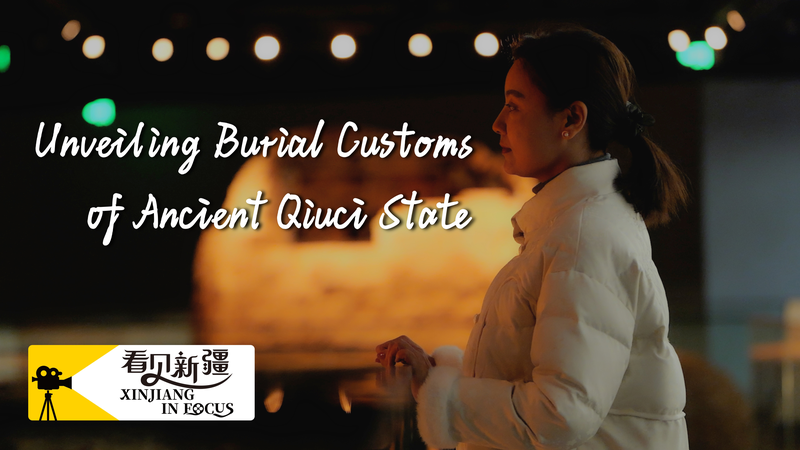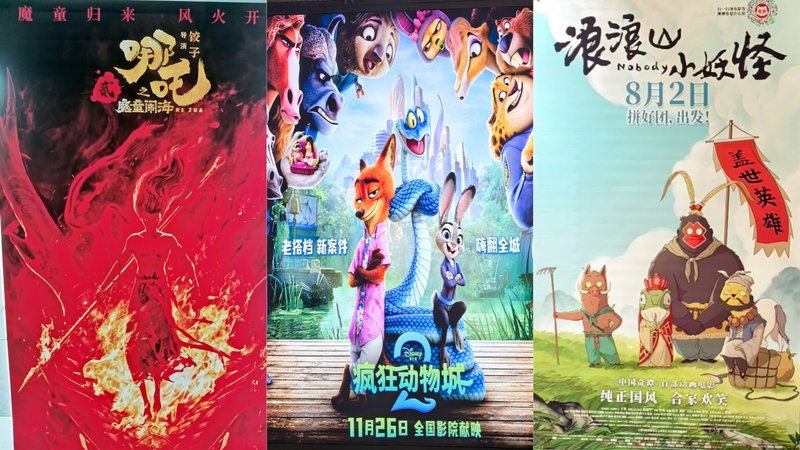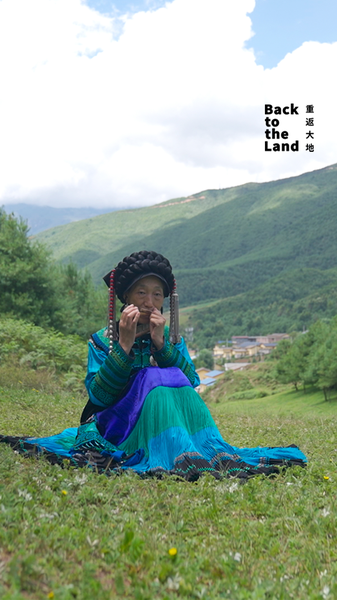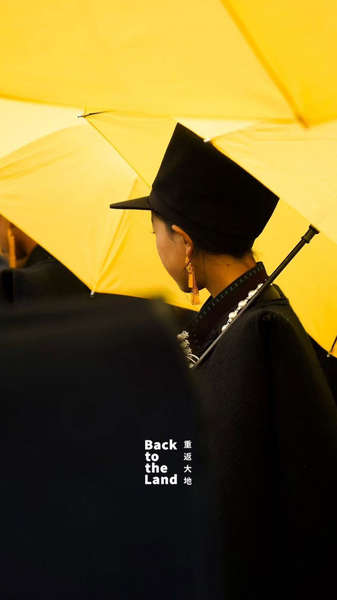When construction crews broke ground on an underground pass in 2007 near Kucha, Xinjiang Uygur Autonomous Region, in the western reaches of the Chinese mainland, they didn't just unearth earth—they unlocked a chapter of Silk Road history. Beneath the sands lay a remarkably intact tomb complex from the Wei and Jin dynasties (A.D. 220-420), each chamber a frozen moment in time.
Kucha, known in ancient times as Qiuci, was one of the 36 states of the Western Regions and a vital Silk Road hub where traders, monks, and artists converged. Its cultural tapestry blended Buddhist art, vibrant music, and rich murals—elements that came to life in the coffins and ceramics excavated from these tombs.
Archaeologists were stunned by the exquisite funerary objects: jade carvings, painted pottery, and murals depicting Buddhist iconography. These artifacts not only tell the story of Qiuci rituals but also chart the flow of ideas between East and West over 1,600 years ago.
To bridge the gap between past and present, Ma Lili, director of the Qiuci Wei and Jin Ancient Tomb Site Museum, led a bold initiative: harness digital technologies to revive these relics. Using 3D scanning, augmented reality, and interactive displays, her team reconstructed tomb chambers virtually, allowing visitors to step inside authentic scenes of ancient Silk Road life.
The result is an immersive exhibition where you can don a headset and explore a reconstructed burial chamber, inspect painted murals up close, or even "handle" digital replicas of jade ornaments. For tech enthusiasts, it's a glimpse at the future of museum experiences. For history buffs, it's a rare chance to walk alongside Silk Road pilgrims and merchants.
This digital revival has also sparked travel buzz. Young global nomads are adding Kucha to their itineraries, eager to experience a culture reborn through innovation. Meanwhile, thought leaders see this project as a model for sustainable heritage preservation—melding local traditions with global tech trends.
By breathing new life into ancient Qiuci tombs, the museum team reminds us that history isn't just in the past—it's a living story we can explore, share, and build upon. In an age of rapid change, such projects show how digital tools can connect us across time and borders, keeping cultural legacies vibrant for generations to come.
Reference(s):
cgtn.com




